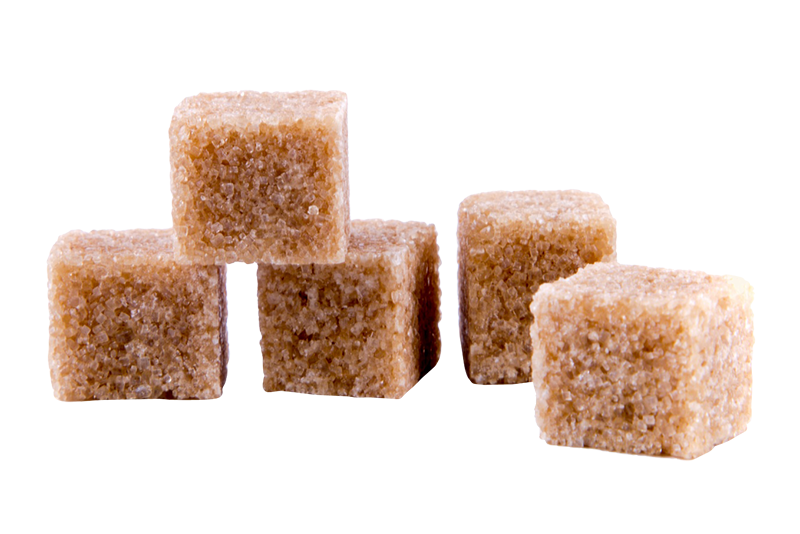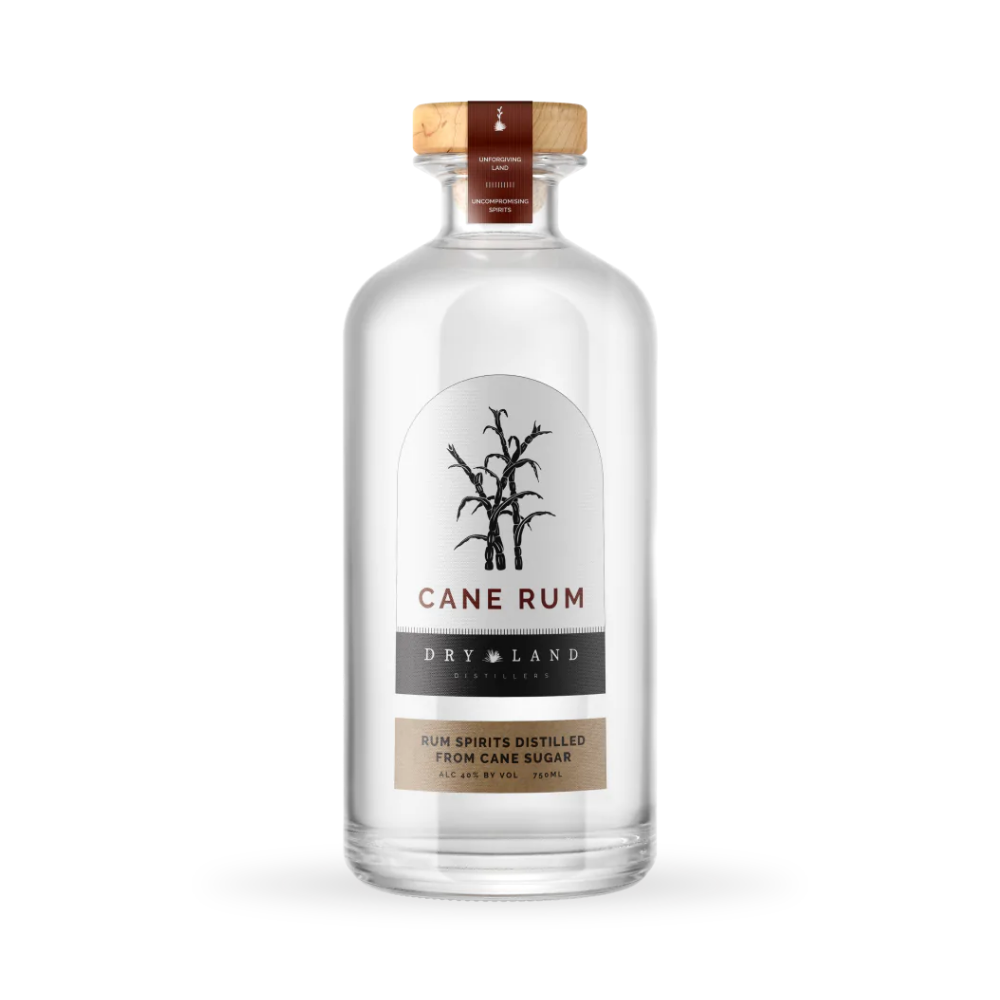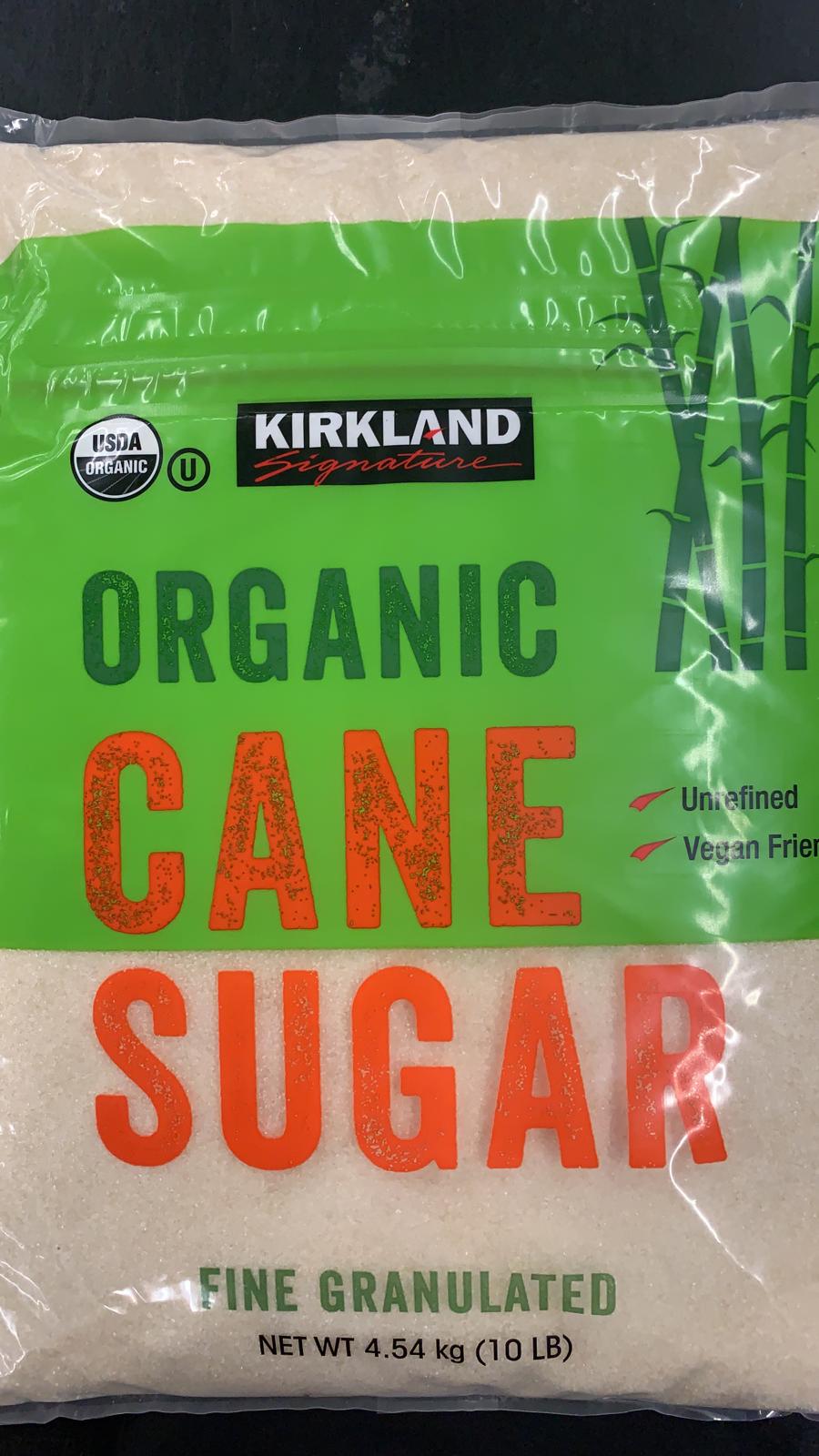Exploring the Comprehensive Steps Associated With Walking Stick Sugar Processing From Collecting to Improvement
The procedure of walking stick sugar production includes a collection of intricate steps, starting with the cautious harvesting of sugarcane and culminating in the refinement phases that ensure the end product satisfies industry standards. Each phase, from the removal of juice to the purification and crystallization procedures, plays an important role in identifying the quality and character of the sugar. Understanding these phases not only highlights the intricacy of sugar manufacturing but additionally increases important concerns about efficiency, sustainability, and advancement in the market. What effects do these variables have for future techniques?
Collecting Sugarcane
Collecting sugarcane is an important action in the cane sugar handling chain, as it directly affects the top quality and yield of the last product. Proper timing and strategies are essential during this stage to ensure optimum sugar web content and decrease losses. Normally, sugarcane is collected when it gets to maturity, typically 12 to 18 months after growing, defined by a high sucrose focus.

Post-harvest, the sugarcane should be refined swiftly to avoid sucrose degradation. Preferably, gathered walking cane ought to be delivered to processing facilities within 24-hour to maintain sugar quality. As a result, reliable logistical planning is essential to keep the integrity of the gathered plant throughout the supply chain.
Removal Process

The crushed cane is subjected to a series of pushing operations to make the most of juice recovery. Usually, warm water is sprayed onto the smashed cane, producing a countercurrent flow that aids dissolve the sugar while additionally assisting in the extraction process. The juice accumulated from this procedure has not just sugar but also numerous organic compounds and contaminations.

To enhance removal performance, some facilities might utilize diffusion approaches, where the sugarcane is saturated in warm water, allowing the soluble sugars to diffuse right into the liquid. The resulting juice, abundant in sucrose, is after that guided to subsequent handling stages, laying the structure for filtration and refinement. The extraction procedure is therefore critical in determining the top quality and return of the final sugar item.
Purification Strategies
The purification strategies used in cane sugar handling are necessary for transforming the raw juice right into a premium sugar item. These methods largely aim to eliminate impurities, such as dirt, plant materials, and inorganic materials, discover this info here which can adversely influence the end product's flavor and color.
Among the most usual purification strategies is clarification. This procedure entails including lime and warm to the raw juice, which facilitates the coagulation of pollutants. The resulting precipitate is after that removed with sedimentation or purification, yielding a clearer juice. In addition, making use of phosphoric acid can enhance the explanation process by additional binding contaminations.
Another significant method is carbonatation, where co2 is presented to the clarified juice. This reaction creates calcium carbonate, which catches continuing to be impurities and promotes their removal.
Furthermore, activated carbon treatment might be related to adsorb any continuing to be colorants and organic impurities, making certain an extra polished product. The combination of these methods effectively prepares the sugar juice for subsequent action in the refining procedure, establishing the stage for the manufacturing of high-grade cane sugar.
Crystallization Methods
After the purification phase, the following essential action in cane sugar processing involves condensation techniques, which play a critical role in changing the cleared up juice into solid sugar. This procedure normally utilizes two key techniques: spontaneous crystallization and regulated condensation.
In spontaneous condensation, supersaturated sugar solutions are allowed to cool naturally, resulting in the development of sugar crystals gradually. This approach is easier but might result in irregular crystal dimensions and lower pureness levels. On the various other hand, controlled formation is an extra specific method where seeding, temperature level, and focus representatives are carefully taken care of. This method permits for the consistent growth of sugar crystals and greater pureness.
During condensation, the made clear juice is concentrated through dissipation, increasing its sugar material till it gets to supersaturation. When this factor is achieved, either technique can promote the crystallization process. Cane Sugar Processing. The resultant sugar crystals are after that divided from the remaining syrup with centrifugation
Eventually, the selection of formation approach impacts the top quality, dimension, and pureness of the last sugar product, making this step essential in the overall walking stick sugar processing procedure.
Improvement and Product Packaging
Just how can the pureness and top quality of walking cane sugar be further enhanced after condensation? The refinement process plays a critical duty in achieving premium walking stick sugar. Complying with condensation, sugar goes through an extensive cleaning to eliminate pollutants and recurring molasses. This is commonly completed using warm water or heavy steam, which assists liquify and remove undesirable aspects while maintaining the sugar crystals.
Next, the sugar undergoes a procedure called centrifugation, where it is spun at high speeds to divide the detoxified sugar crystals from the staying liquid. After centrifugation, the sugar is commonly additional fine-tuned with a technique called carbonization or phosphatation, which uses triggered carbon or phosphoric acid to get rid of color and off-flavors.
When improved, the sugar is dried out to attain the desired dampness web content, making sure that it stays secure throughout storage and transport. The last step involves product packaging the refined sugar in closed and moisture-proof containers to preserve its top quality and avoid contamination. Cane Sugar Processing. Correct packaging not just prolongs life span but likewise assists in very easy handling and distribution, making sure that customers receive sugar that fulfills the highest standards click site of pureness and top quality
Conclusion
The thorough steps associated with walking cane sugar processing, from the careful harvesting of sugarcane to the elaborate improvement and product packaging phases, highlight the importance of each stage in guaranteeing premium sugar manufacturing. Ideal harvesting strategies, effective extraction techniques, and extensive filtration procedures jointly add to the last item's purity and stability. The crystallization and succeeding packaging methods even more enhance the stability and shelf life of the sugar, highlighting the intricacy and accuracy intrinsic in this essential farming sector.
The procedure of walking cane sugar production go now includes a series of complex actions, starting with the mindful harvesting of sugarcane and culminating in the refinement phases that guarantee the last item fulfills industry standards. Ideally, gathered cane ought to be delivered to refining centers within 24 hours to maintain sugar high quality.In spontaneous formation, supersaturated sugar solutions are allowed to cool normally, leading to the development of sugar crystals over time - Cane Sugar Processing. The improvement procedure plays an essential role in attaining high-quality cane sugar.The comprehensive steps involved in cane sugar handling, from the precise harvesting of sugarcane to the intricate improvement and product packaging phases, underscore the importance of each stage in making sure high-quality sugar production